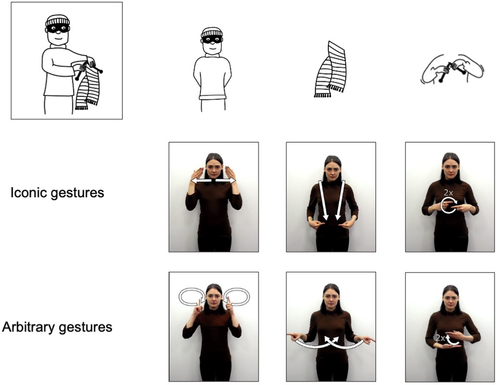Let's evolve languages!
Taking an evolutionary perspective can help us better understand human language. Using rich data from different sources and different modalities, I study where language rules come from.
Silent gesture: studying the emergence of linguistic structure in the lab
Using silent gesture, a method in which lab participants convey information using only gesture and no speech, we have created circumstances in which language emergence can be simulated in the lab. [2025]
 We have found that people with different first languages share important word order preferences. By focusing how these preferences shift under the influence of semantic properties, repeated interaction, and learning, we teased apart some of the forces that shape language.
We have found that people with different first languages share important word order preferences. By focusing how these preferences shift under the influence of semantic properties, repeated interaction, and learning, we teased apart some of the forces that shape language.
We untangled some of the forces that shape word order patterns in emerging language 2012, 2014, 2019a, 2019b, 2021, 2022a, 2022b
We studied how languages become systematically structured… [2019] … and under which circumstances they retain variation. [2024]
We studied how modality influences emerging structure… [sato 2020, motamedi 2021, royka 2024] … and how structure is affected by the physical and cultural environment [naegeli 2025]
Comparing experiment data with data from existing languages
There are many languages in the world, and it is important to assess how conclusions drawn from lab experiments line up with observations from these different languages
Word order variation in existing sign languages… [flaherty 2024, cormier et al 2024] … and in learner varieties of L2 learners [schouwstra 2017]
And now we’re exploring reference strategies and variation in spoken languages [Tepei et al 2025]
Computational modelling
The emergence of structure in language is a complex process and computational models can help tease apart the different forces and how they interact. [dona 2024a]
We combined experimental data and computational models to test new ideas, or generate more precise hypotheses about word order… [2019, 2021] … and about semantic properties [carcassi 2019, 2020] and network structure [dona 2024b]